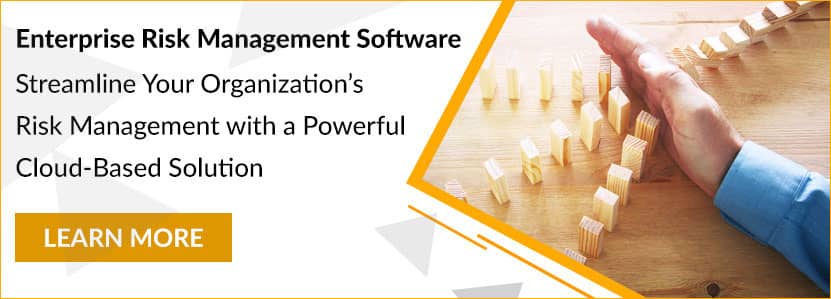Home/ Blog / The Role of Risk and Compliance Managers in Bank Transformations
The banking industry is undergoing a paradigm shift thanks to technological advancements and cultural forces that are changing the way people and the economy interact with banks. Risk managers and compliance managers are at the forefront of this change and will be required to contribute significantly to enabling new services, product lines, and new delivery channels for the banking industry. The next 10 years will require banks to maneuver into this new future effectively if they want to remain competitive.
Instant Banking
One of the most visible changes occurring is that banking is quickly focusing on becoming an instant service. There has historically been an element of waiting involved in many banking processes. Many banks can take hours or even days to process and verify the documentation required to open new accounts or deliver services. This was generally accepted because it was understood that the bank had to verify everything, assess the risks, ensure compliance with all regulations, and follow all the required processes.
However, people now want banking to be faster because they have experienced faster financial services being delivered through apps. Apps like Venmo and Robinhood allow people to transfer money, manage investments, and much more in just a few seconds. For the speed at which these apps operate is compared to banking processes a relatively glacial rate. This change will have huge ramifications for risk and compliance domain experts.

Ensuring Compliance in an Instant
Compliance managers will need to rethink their compliance frameworks to enable instant banking services. Completing a transaction in seconds will require the banks to automatically ensure compliance through Fintech or Regtech solutions, because the regulatory requirements must be complied within all cases. This will require a digital transformation of the compliance management framework itself, with automated and streamlined processes.
The good news here is that banks will not need to invest millions of dollars into creating bespoke compliance technology solutions that can automate these processes; such solutions are already in use within the banking industry and have quickly become the norm for mid-sized and large banks already. These solutions can deliver A.I. powered compliance technology through the cloud, allowing banks to enhance their compliance capabilities without disruptions. The implementation cost of modern compliance technology is decreasing every year, making it a more promising proposition for smaller banks as well.
Monitoring and Managing Risks in Real-Time
Similarly, the emergence of instant banking services means that risk managers will have to create risk management frameworks that can automatically monitor and help manage risks. As the pace of banking increases, risk managers will need robust tech-based solutions that provide them with real-time metrics related to risks across the bank and allows them to quickly intervene where needed. Intelligently using risk data to enable real-time risk metrics is a critical part of any automated risk management platform. This will require many risk managers to rethink their existing SOPs to manage risks.
Compliance managers will need to rethink their compliance frameworks to enable instant banking services. Share on XRisk management technology will be an essential part of risk management frameworks for community banks as well. Modern risk management platforms provide risk managers with the functionality required to manage risks while maintaining the fast pace of banking that customers now want from banks. This includes risk predictions based on the latest risk data, automated risk monitoring and assessments, better risk processes that include more stakeholders, and a single platform for managing enterprise-wide risks.
Future Proofing Bank Growth Strategies
Risk and compliance managers will play an essential role in the formation of growth strategies for banks as the banking industry changes. There are many other parts of the equation that are still being worked on, such as writing regulations as code that computers will be able to understand and interpret easily. It is imperative for banks to create an internal team looking at the expected changes and assessing timelines of change to help the bank steer itself in the right direction as the winds change. While this will be a complicated and long process, it will also be an incredibly exciting time for the banking industry with lots of new opportunities.
Most major banks are already focusing on improving risk and compliance processes to prepare for the future and deliver better services in the present. Smaller and mid-sized banks also need to ensure that their risk and compliance management platforms will stand the test of time.
Interested in seeing how your bank can transform its risk and compliance frameworks with the help of Fintech and Regtech? Get in touch with our risk and compliance domain experts for a demonstration of Predict360, the American Bankers Association (ABA) endorsed solutions for risk and compliance management.
Request a Demo
Complete the form below and our business team will be in touch to schedule a product demo.
By clicking ‘SUBMIT’ you agree to our Privacy Policy.




